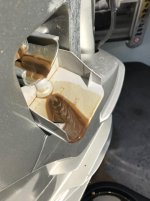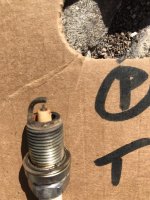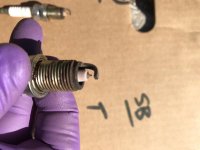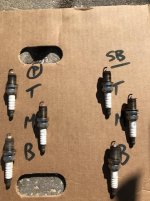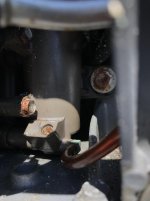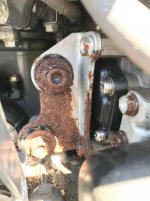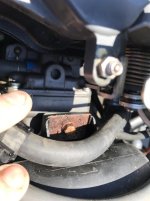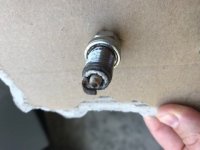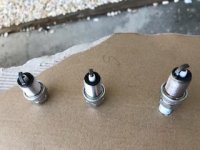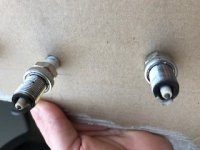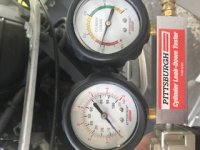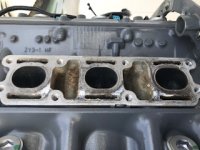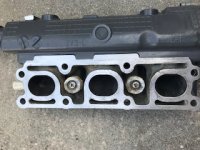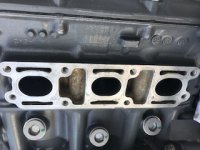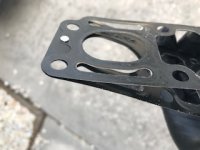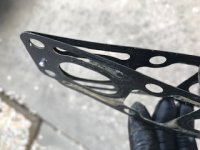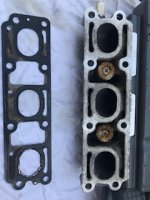Have a 2006 225 and, after having it 100 hours, it started running really rough. Within minutes it was surging up and down (at idle) before stopping with an alarm (PGM-FI Buzzer Warning System per PG 18-11 in the "Bible"). Figured I'd look at the oil as I fought to understand the alarm aka finding it in the book. When the color looked 'off' and I had goupy sand at the dipstick's rubber seal, I did some looking on the Honda Outboard Forum for 'water in engine.' WOW! I've got some investigating to do!
About to run and get some oil and a filter and also pull the plugs. Plugs come in tomorrow. I'm curious to see what the plug condition shows me, if anything. Will also look around the thermostat housings (changed the thermostats and seals shortly after getting the boat) and the other areas towards the VST tank. I do have quite a bit of corrosion around the VST tank, but not as bad as the picture in the link below.
https://www.thehulltruth.com/boatin...miss-maintaining-your-honda-bf200-bf225s.html
I also have to "retrieve the codes from the EPROM in the on-board engine computer - the Electronic Control Module or ECM" as CHawk_Man suggested in many a post. Just so I'm sure I'm remembering the alarm correctly...
It seems the alarm I'm getting is NOT related to the water in the oil issue, correct? Although I may have stumbled onto something else.....
About to run and get some oil and a filter and also pull the plugs. Plugs come in tomorrow. I'm curious to see what the plug condition shows me, if anything. Will also look around the thermostat housings (changed the thermostats and seals shortly after getting the boat) and the other areas towards the VST tank. I do have quite a bit of corrosion around the VST tank, but not as bad as the picture in the link below.
https://www.thehulltruth.com/boatin...miss-maintaining-your-honda-bf200-bf225s.html
I also have to "retrieve the codes from the EPROM in the on-board engine computer - the Electronic Control Module or ECM" as CHawk_Man suggested in many a post. Just so I'm sure I'm remembering the alarm correctly...
It seems the alarm I'm getting is NOT related to the water in the oil issue, correct? Although I may have stumbled onto something else.....


